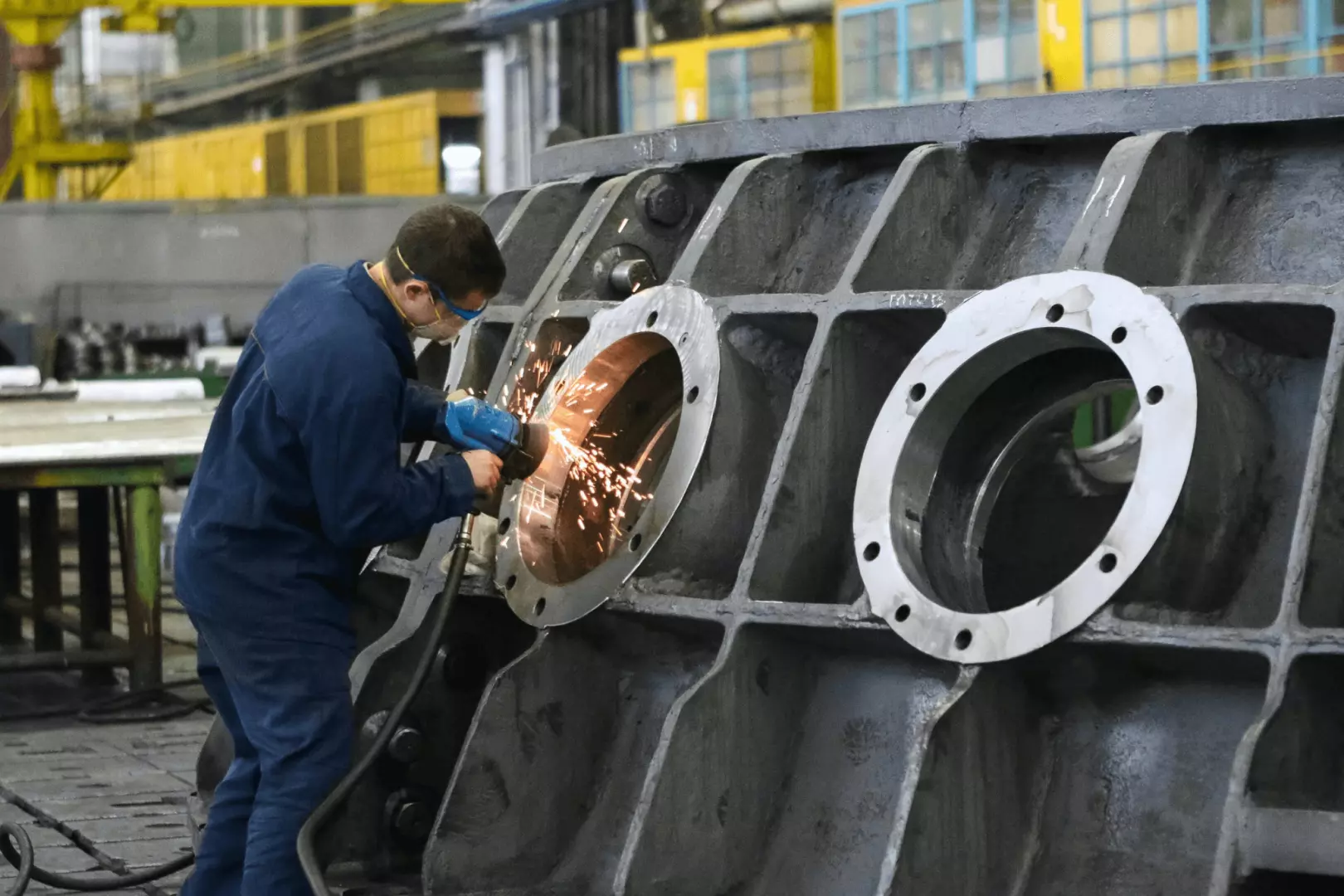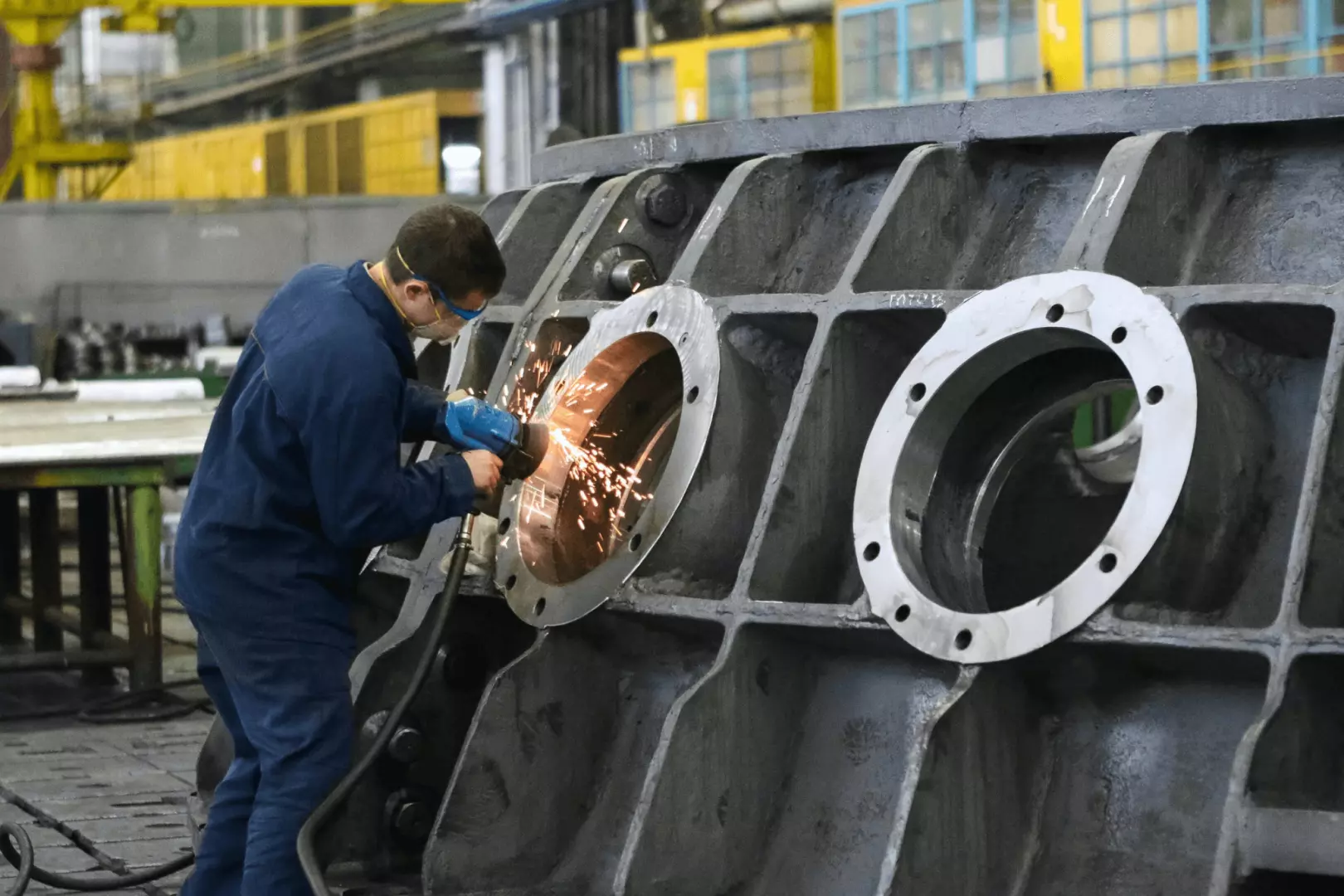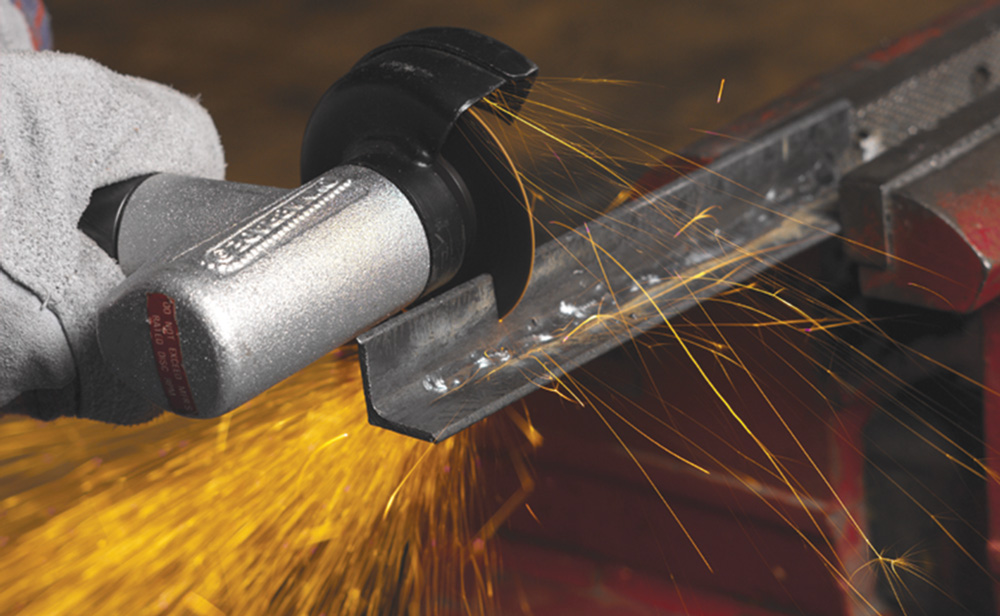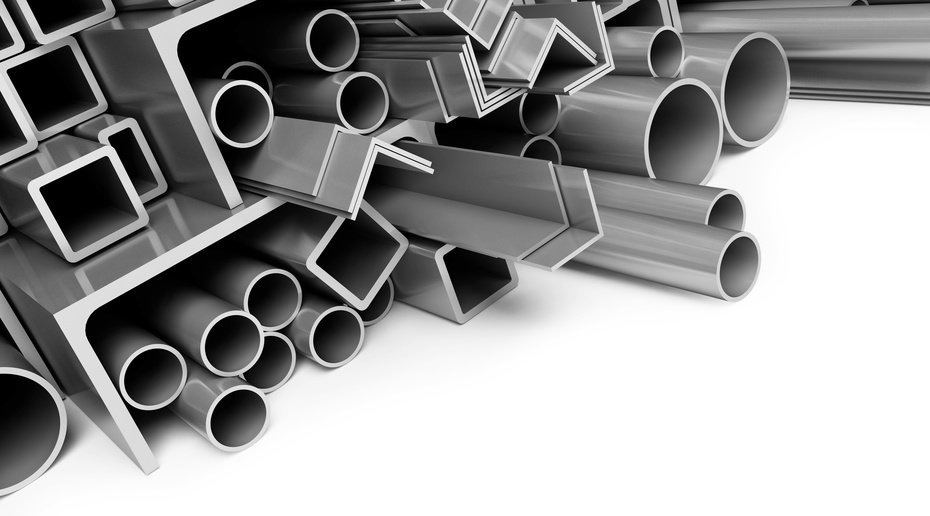Comments
- No comments found

Metals like aluminum, titanium, iron, and nickel are the building blocks of modern society - making up innumerable objects that are part of our daily lives.
From extremely hard to highly malleable, these elements possess different properties that require specific technologies and manufacturing approaches. These are also known as metal fabrication.
By a simple definition, metal fabrication is the manufacturing process for shaping metal into parts and end products. From connecting parts like engineered fasteners to large machinery like airplanes, metal fabrication is responsible for items in almost any industry and every domain of our lives. Similarly, metal fabrication shops worldwide dedicate their expertise to anything from mass-produced products to customized parts.

There are several processes involved in metal fabrication, the usability of which depends on the type of metal and product. Each process often falls into one of two main categories: removal and deformation. Below we’ve compiled a detailed overview of some of these various processes and their significance.
One of the main ways metal fabrication is achieved is by removing a sizable part from a metal workpiece. Different removal processes produce different results. Some of these include:
Suitably referred to as the foundation of metal manufacturing, machining is a subtractive shaping process that removes leftover metal to create a form. Over the past 150 years, machining tools have evolved from crude pulley and steam-driven mechanisms to the advanced, ultra-precise computer numerical control (CNC) machining equipment of today.
There are several different methods that produce CNC parts, such as milling, drilling, and turning. Milling is one of the most common methods, which involves multi-point cutting tools that remove metal from the workpiece.
Punching is used for making cut-outs of various shapes. A punch-and-die tool works similarly to a large pair of scissors; it uses pressure to produce the desired shape and remove the excess material. The method can be used for making various shapes and sizes, but the punched holes are most often geometric shapes like circles, squares, or rectangles. Once punched out, the shape is thrown out, and the sheet is kept as the final product.
If, on the other hand, the punched-out piece is to be used for the design, the method that is employed is blanking. This method is often used to produce multiples of the same shape from a larger sheet of metal. Such examples include the creation of jewelry, watch components, and clock gears.
Cutting involves the separation of a metal workpiece - either partly or entirely - into two or more sections and is among the most versatile fabrication processes. It is known for producing clean and straight cuts through the metal workpiece.
On the surface, it may appear like the method involves nothing more than cutting large pieces of metal into smaller bits - but it is a rather intricate process that involves lasers, power scissors, waterjets, and plasma for the production of precise cuts.

Unlike removal, deformation alters the material instead of removing its parts. As such, it is often used to create 3-D shapes. Some of the ways metal materials can be deformed are listed below.
The bending process - which alters the shape of the material - is often performed with a hammer whose wide and flat head is suitable for the deformation of the piece. While some hammers are handheld, others are connected to a machine. The latter type, also known as a powered hammer, is used for applying more force to the metal.
Bending can also be done with the use of a press brake - a machine that is used specifically for bending metal workpieces like sheet metal.
Extrusion is a process that yields objects with a fixed cross-sectional shape, in which the metal (either hot or cold) is forced through a die with the desired cross-section.
Its main advantages over other manufacturing methods are its ability to form complex cross-sections and do so with rigid materials since the material is placed under high compressive stress. It also gives a high-quality surface finish and allows for considerable freedom in the design process.

This process is often used for more malleable metals such as copper, aluminum, or brass. Deep drawing will stretch the material while a tool applies pressure on the sheet; the result is a material in a cup-like form. Cans, pots, cups, kitchen sinks, and fuel tanks are all examples of deep drawing metal fabrication.
Spinning, or spin forming, is a process where a metal disc or tube is rotated at high speed to form an axially symmetric part. It can be performed by hand or with the use of a CNC lathe. Common spinning applications include cookware, satellite dishes, musical instruments, and rocket nose cones.
Due to its complexity and versatility, metal fabrication has numerous applications across products and industries. However, it is imperative that manufacturers fully comprehend the processes and materials involved due to their unique and detailed characteristics.
Generally, metal fabrication methods belong to one of two groups: removal and deformation. Processes that incorporate the removal of materials include machining, punching, blanking, and cutting. On the other hand, deformation processes alter the shape of the materials with methods like bending, extrusion, deep drawing, and spinning, among others.
This introduction should give you a preliminary idea of the workings and applications of these methods.
Leave your comments
Post comment as a guest